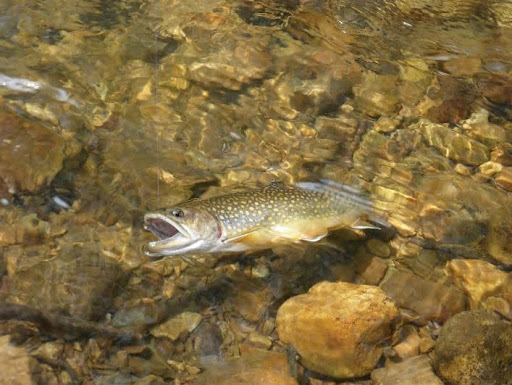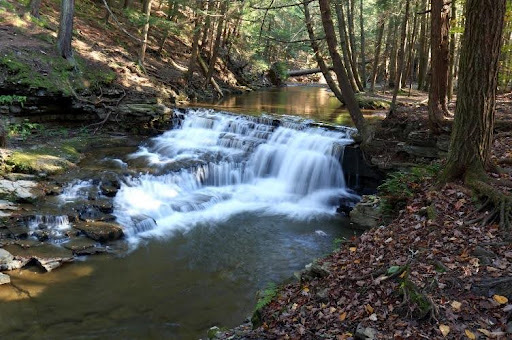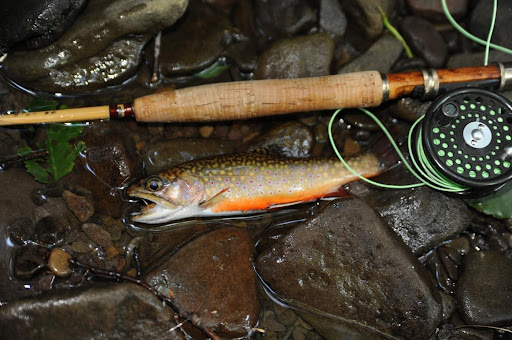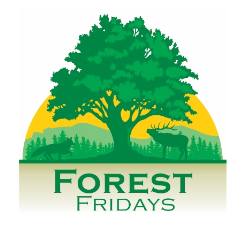Forest Fridays: Bountiful brooks
By Ryan Reed
(All photos used in this blog are courtesy of the Pennsylvania Department of Conservation and Natural Resources)
Spring is here and tomorrow’s youth opener begins another season of trout fishing in Pennsylvania. It seems as good a time as any to talk about our state fish, the brook trout (Salvelinus fontinalis).
Few creatures provide a more awe-inspiring sight than the incredible brook trout. Displaying a carnival of colors, brookies may be small, but they are mighty. Pound for pound, they put up a fight on a taut line as vigorous as any fish of pugilistic repute.

There’s something very pure about catching a native brook trout in a crystal-clear headwater stream, a feeling of experiencing true wilderness. Adding the sound of rushing water and the gentle swaying of eastern hemlock branches, the scene becomes idyllic.
Unfortunately, both state symbols (brookies and eastern hemlocks) face an uncertain future. With the hemlock woolly adelgid (HWA) decimating the hemlocks, whose shade regulates the cold stream temperatures brookies require, the outlook for our state fish is questionable. As air temperatures continue to rise with the warming climate, it is clear this one-two punch poses a serious problem for the brook trout. It should be noted that HWA fares better with warmer winters, which may accelerate the loss of our hemlocks. A North Carolina study predicts the loss of 50-92 percent of their brook trout habitat due to climate change alone.

The DCNR Bureau of Forestry recognizes the plight of brook trout and has taken steps to help them by installing better bridge structures that encourage upstream travel to colder waters and felling some trees directly into streams to create better habitat. The bureau also targets some hemlock stands for treatment to deter HWA and facilitates the planting of thousands of acres of riparian buffers, protecting habitat for brookies.
Although these measures are helpful, more may be needed to protect our state fish for future generations. Avoiding behaviors that deposit silt into streams, like riding motorized vehicles in or adjacent to them or allowing livestock to trample streambanks, protects the rocky bottoms needed for natural reproduction. Replanting riparian buffers and suitable evergreens where hemlocks have died can also help by providing shade and soil stability. Personal choices and public policy can also reduce our cumulative carbon footprint, which will slow the rate of warming of trout waters.

I sincerely hope that future generations will have the good fortune of experiencing the wild spirit of our native brook trout, and if you and your kids get out tomorrow, I wish you all the blessings of bountiful brooks.
About the Author: Ryan Reed
Ryan Reed is a Natural Resource Program Specialist in the Department of Conservation and Natural Resources, Bureau of Forestry. He possesses degrees in Wildlife and Fisheries Science and Wildlife Technology, while currently pursuing a master’s degree in Environmental Pollution Control. He has also worked for the Pennsylvania Game Commission, and taught high school sciences for 11 years. He is especially interested in biodiversity and ecology. A lifelong hunting and fishing enthusiast, Ryan resides in Annville, PA.



